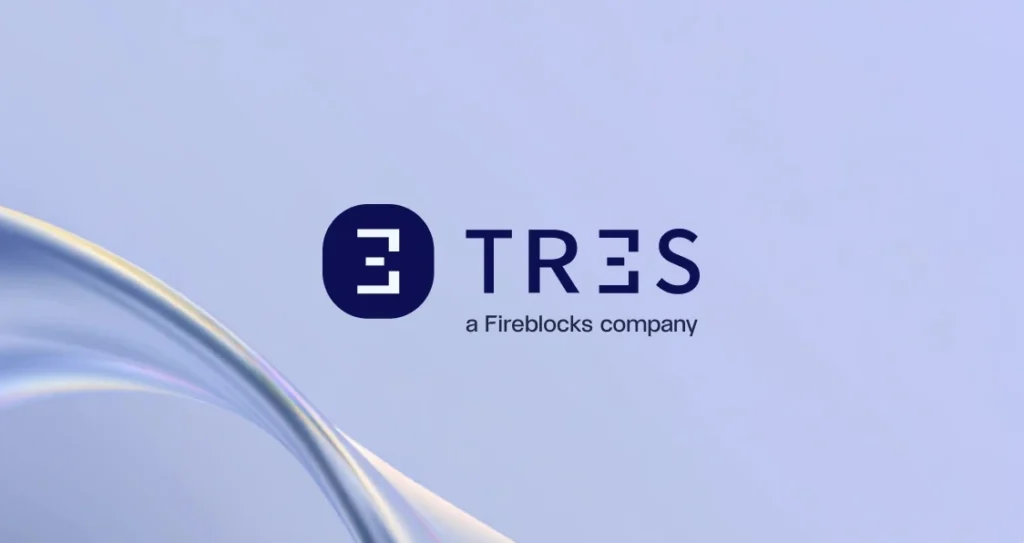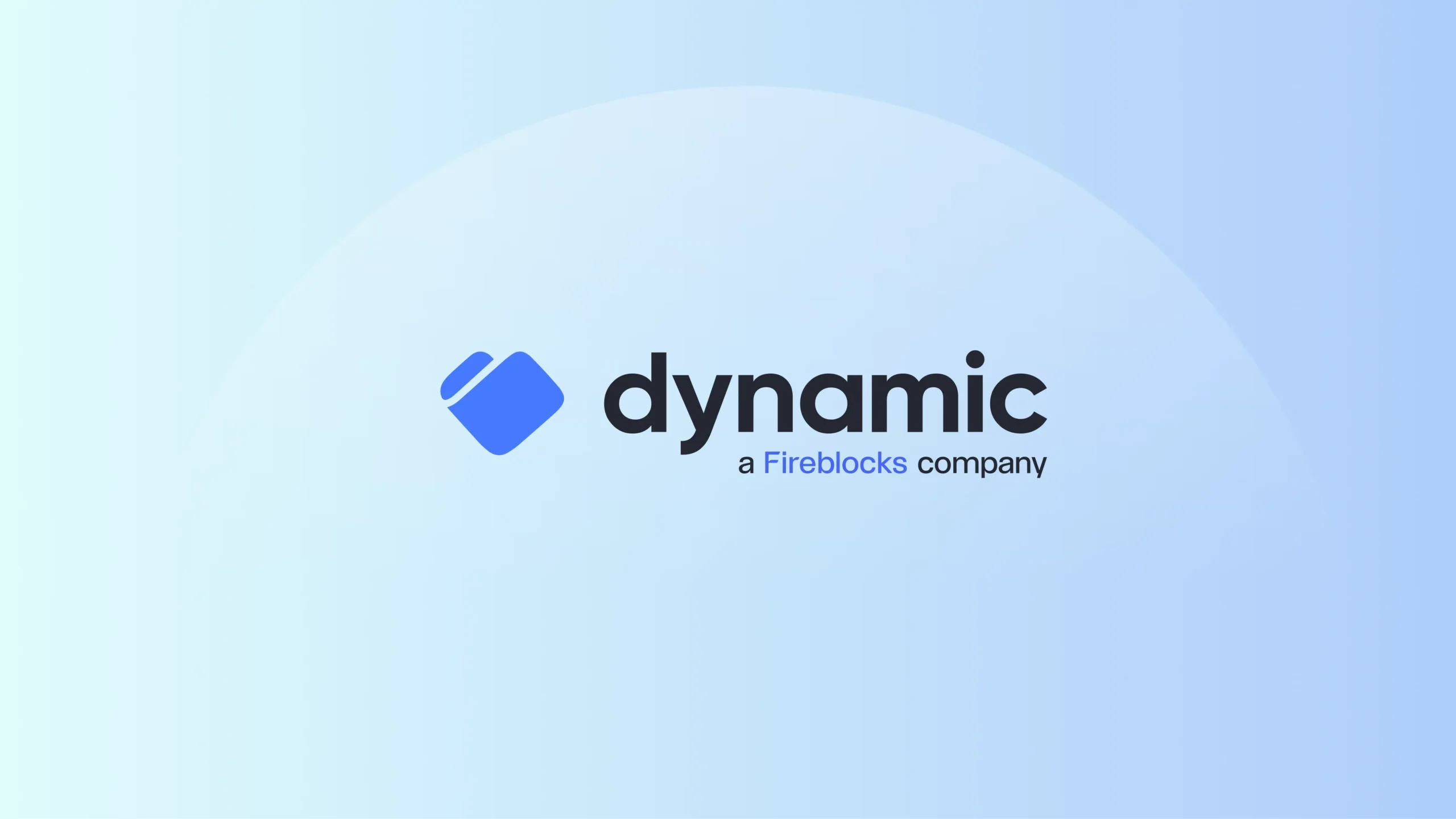
Benefits at a glance
Bulk stablecoin settlements reduced from 12+ hours to under 90 minutes
End-to-end payment infrastructure: custody, transfer, tokenization
Supports millions of transactions in high-volume bursts
Automated, secure customer fund movement across global markets
Challenges
Stablecoins are no longer peripheral — they’re the settlement layer of choice in an increasingly fragmented financial world. The focus has shifted from speculative edge cases to institutional scale, where efficiency, transparency, and programmability matter more than hype.
Bridge was built for this moment. As a stablecoin-native payments engine, it gives fintechs and enterprises plug-and-play access to stablecoin rails — without the burden of building core infrastructure themselves.
“Starting in early 2023, it became very clear to a lot of people, especially in the fintech and payment space, that stablecoins were not a speculative asset anymore,” said Ben O’Neill, who oversees payment operations and money movement at Bridge. “That there was a functional use case of the blockchain… moving money around the world could be at the speed of the Internet.”
To support that shift, Bridge needed more than a wallet provider. They needed an infrastructure partner that could scale globally, process high-volume payments, and deliver programmable, secure operations that could handle customer funds at speed.

“We’re not only moving our own funds…we’re moving customer funds, which is far more sensitive, but with a high degree of throughput.”
Ben O’Neill
Head of Money Movement
Solution
Bridge chose Fireblocks for its unmatched security, performance, and product flexibility. “Ever since it launched…[Fireblocks] has been world class on the security front. It starts there, and it stops there… You need to have something that you trust to be secure,” O’Neill said. Bridge’s use of Fireblocks evolved alongside their business. What began as basic on-chain custody quickly expanded to include payment processing, token issuance, and automation.
“Now we use Fireblocks not only as a custody back end solution, but also the way in which we send funds to our customers… and also things like we do with token issuance,” O’Neill shared. To support one major customer, Bridge needed to process large-scale bulk payments — moving from a single fiat transfer to hundreds of thousands of stablecoin disbursements globally.

“When we first started doing it, I think it took twelve plus hours to settle it all. In conjunction with the Fireblocks team it’s down to under an hour and a half.”
Ben O’Neill
Head of Money Movement
Programmability and operational control were also key. “We’re continuously investigating how best to use automation. Do we want to build rule sets in-house, or lean on Fireblocks?” O’Neill shared. That flexibility helps Bridge fine-tune their ops while preserving control. “The ability to update, the ability to innovate… continues to get faster and faster.”
Results
With Fireblocks, Bridge has built a stablecoin payments engine that’s secure, scalable, and built for the future. As their transaction volume and product complexity grow, Fireblocks provides the backbone for custody, issuance, and programmable automation. “As our throughput scales, our diversityr of payment types scale… and the complexity of what we do scales. It’s been great to be able to manage all of that,” O’Neill said.
By combining infrastructure ownership with trusted orchestration, Bridge is positioned to lead the next phase of global stablecoin payments — wherever the rails go next.

